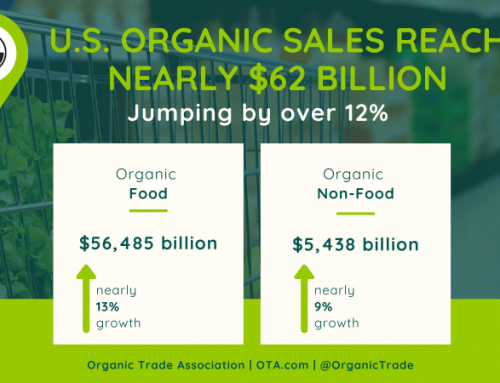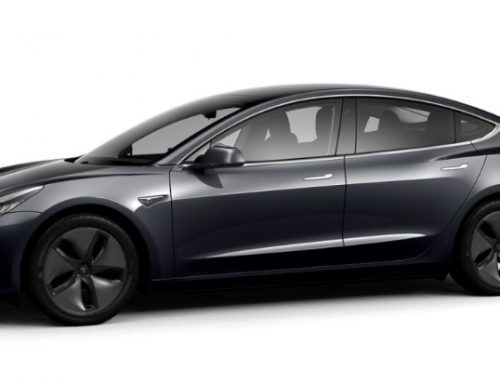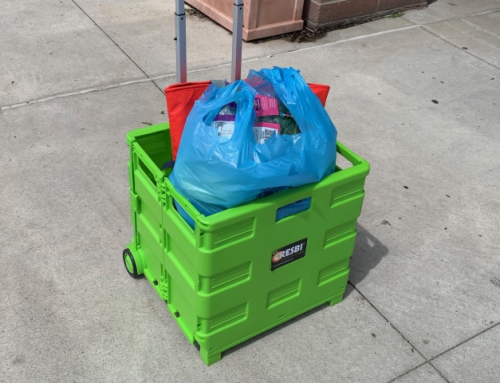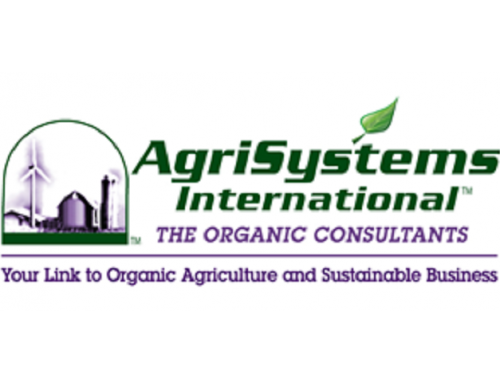June 20, 2016
Guest Blog – Steven Hoffman, Compass Natural
Today, more farmers are cultivating organically on more land in more countries than ever before, according to FiBL’s 2016 report, The World of Organic Agriculture, released in February 2016 in partnership with IFOAM Organics International.
At the end of 2014, when data was last collected, 2.3 million organic producers were farming, ranching or otherwise engaged in organic production on 43.7 million hectares (108 million acres) of organic agricultural land worldwide. In all, 172 countries reported organic farming activities in 2014. (For comparison, the total estimated agricultural land worldwide is 1.5 billion hectares.)
In terms of numbers of organic producers, most are small-scale landholders, and India was number one with 650,000 producers, Uganda second with 190,552 producers, and Mexico with 169,703 organic producers.
Overall, 40% of the global organic agricultural land is in Oceania (including Australia), followed by Europe (27%) and Latin America (15%). Australia is the country with the largest organic agricultural area (17.2 million hectares), with 97% of that area used for grazing, followed by Argentina (3.1 million hectares), and the U.S. (2.2 million hectares).
Of note, reports FiBL, are the countries with the largest share of organic agricultural land relative to total farmland. Leading in this category are the Falkland Islands (36.3%), Liechtenstein (30.9%) and Austria (19.4%). In 11 countries, more than 10% of all agricultural land is organic, including the above mentioned plus Sweden, Estonia, Samoa, Switzerland, Czech Republic, Italy and others.
Globally, sales of organic products are estimated at $75-80 billion. Leading markets for organic products worldwide include the U.S., followed by Germany, France and China, reported FiBL.











Leave A Comment